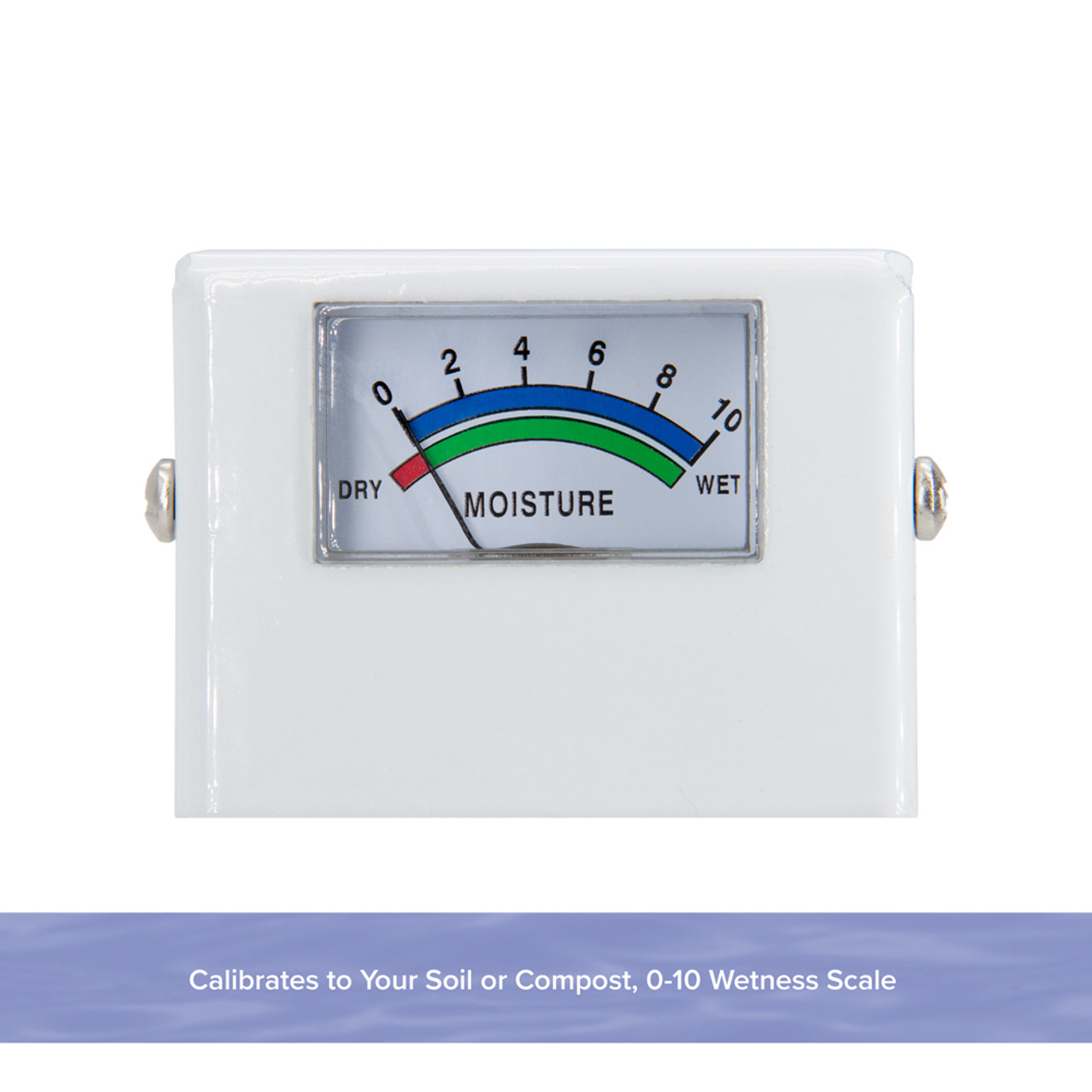How to Utilize a Moisture Meter to Spot Surprise Water Damage in Your Property
How to Utilize a Moisture Meter to Spot Surprise Water Damage in Your Property
Blog Article
The Ultimate Overview to Moisture Meters: A Comprehensive Review and Just How They Can Conserve You Money
In the realm of building upkeep, building and construction, and numerous markets, the value of precisely measuring wetness degrees can not be overstated. Moisture meters act as crucial devices in discovering and checking moisture material in materials, assisting in protecting against expensive damages and ensuring the top quality of items. Comprehending the subtleties of various sorts of dampness meters, their applications, and the possible cost-saving benefits they supply can be a game-changer for organizations and experts alike. Discovering just how these gadgets can not only streamline processes however additionally contribute to financial savings is a journey worth beginning on.
Sorts Of Moisture Meters
Different sorts of wetness meters are available for different applications in numerous markets. One usual type is the pin-type dampness meter, which measures the electrical resistance in between two pins put into a material. This kind is suitable for timber, drywall, and other structure products. Pinless moisture meters, on the various other hand, usage electromagnetic sensing unit plates to scan a bigger location without causing damage to the material's surface area. These meters are suitable for quickly analyzing moisture levels in big locations such as wall surfaces and floorings.
Infrared moisture meters determine the thermal properties of a product to establish its dampness material non-invasively, making them helpful for applications where pin or pinless meters might not be appropriate. Comprehending the different kinds of dampness meters offered can help industries pick the most ideal device for their certain wetness dimension demands.

Benefits of Making Use Of Moisture Meters

In addition, using dampness meters can lead to boosted energy efficiency. In farming settings, moisture meters play a vital function in enhancing crop yields by making it possible for farmers to check dirt dampness degrees and make notified irrigation choices.
Just How to Select the Right Moisture Meter
Selecting the suitable dampness meter involves considering key elements such as material compatibility, dimension range, and calibration precision. When picking a wetness meter, it's important to guarantee that the meter appropriates for the details product you will be screening. Different products have varying electric properties that can influence wetness analyses, so choosing a meter designed for your product is important for accurate outcomes. Additionally, take into consideration the measurement array of the wetness meter. Make certain that the meter can find moisture degrees within the range needed for your applications. Calibration accuracy is an additional critical variable to bear in mind (Moisture Meter). Select a moisture meter with trusted calibration to make sure regular and accurate analyses. Some meters may need routine calibration modifications, so recognizing the calibration process is essential. By thoroughly examining these factors, you can select a dampness meter that meets your requirements and gives accurate wetness dimensions for your projects.
Proper Methods for Moisture Meter Use
To make sure exact wetness readings and maximize the effectiveness of a wetness meter, using Visit Your URL proper techniques is necessary. When making use of a pin-type dampness meter, insert the pins or probes into the material being evaluated up until they make complete call. Make certain the pins are perpendicular to the surface to get one of the most specific analysis. For pinless dampness meters, hold the gadget level versus the product and relocate it gradually to cover the whole location for an ordinary analysis. It's crucial to calibrate the moisture meter according to the material being tested to enhance accuracy. Take several readings throughout the surface area and ordinary them out for an extra dependable result. Additionally, ensure that the material being examined is acclimated to the environment to avoid skewed readings. Normal upkeep of the wetness meter, such as cleaning up the pins or sensor, is also vital to ensure exact and constant readings. By following these correct strategies, customers can rely upon their wetness meter to provide reliable wetness levels, aiding in protecting against pricey damage or ensuring quality in numerous applications.

Cost Savings With Moisture Meter Applications
Exactly how can the critical hop over to here utilization of wetness meters lead to significant expense financial savings across different sectors? In the agriculture market, dampness meters aid in figuring out the optimal time for collecting plants, preventing over-drying or excess wetness that can influence the last product's top quality.

Moreover, in the food handling market, moisture meters are crucial for keeping an eye on item quality and ensuring compliance with security policies. By precisely determining wetness material about his in food products, producers can avoid putridity, maintain freshness, and minimize waste, leading to significant cost savings. On the whole, the strategic application of dampness meters is a beneficial financial investment that can bring about significant expense reductions and boosted performance throughout different markets.
Conclusion
In conclusion, dampness meters are important devices for determining and spotting dampness levels in numerous materials. By using the right wetness meter and adhering to appropriate strategies, users can successfully protect against costly damages triggered by excess dampness.
Wetness meters offer as crucial tools in finding and monitoring moisture web content in products, aiding in preventing pricey damages and making sure the top quality of products. Infrared moisture meters measure the thermal properties of a material to identify its wetness web content non-invasively, making them useful for applications where pin or pinless meters may not be appropriate.Wetness meters use very useful benefits in properly keeping track of and examining wetness levels in diverse materials and atmospheres. In agricultural settings, moisture meters play an essential function in optimizing crop yields by making it possible for farmers to check dirt dampness degrees and make informed irrigation choices.In verdict, dampness meters are beneficial devices for finding and gauging moisture levels in various products.
Report this page